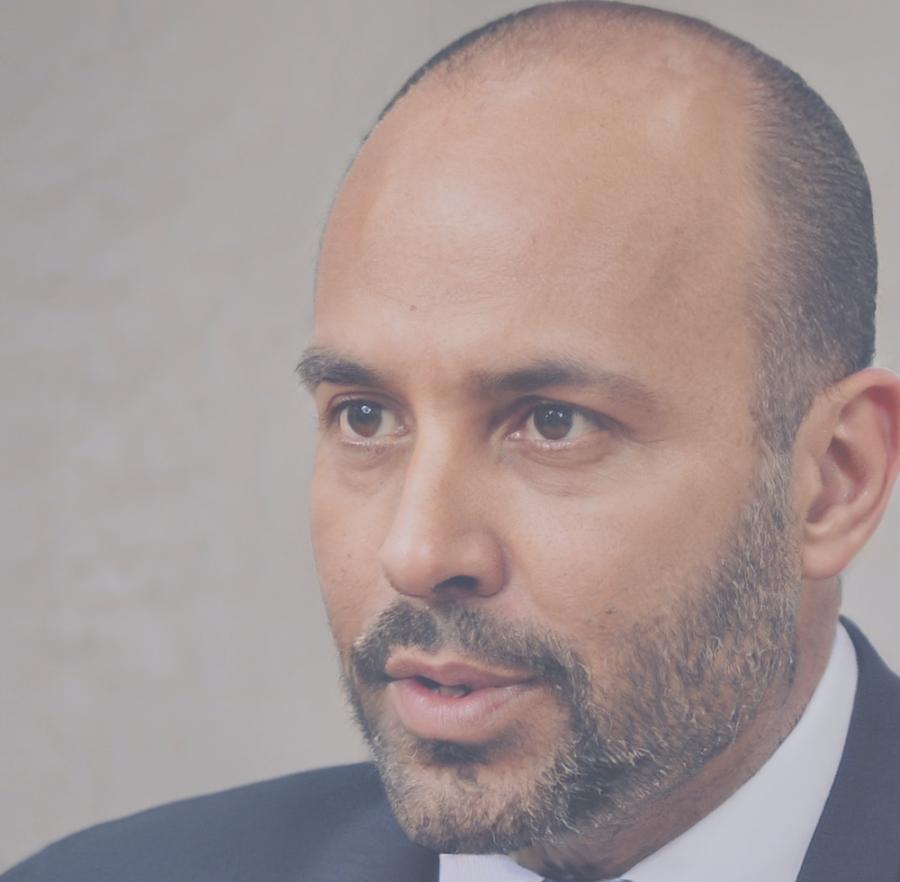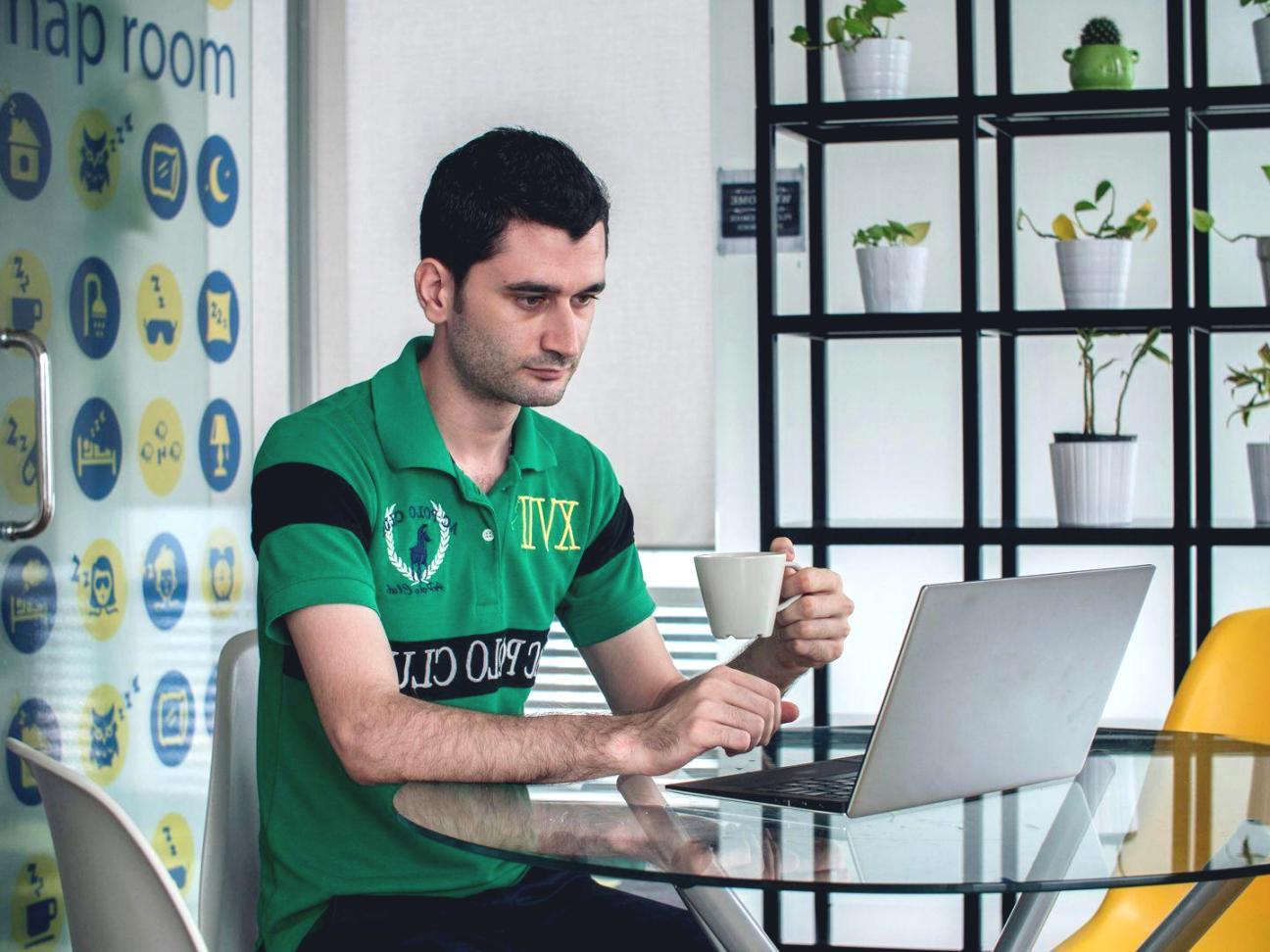We Started With A Kitchen Table And Too Many Spreadsheets
Back in 2019, I was helping my sister figure out why she couldn't save despite earning decent money. Turns out, she wasn't bad with money—she just didn't know which expenses mattered most. That kitchen table conversation became arovtelouueli.

Desmond Finch-Harrow
Founder & Lead Educator
I spent eight years in corporate finance watching people make the same mistakes repeatedly. Not because they were careless, but because nobody taught them how to think about money priority.
My own wake-up call came when I realized I was earning six figures but still stressed about unexpected bills. Something wasn't adding up. The problem wasn't income—it was that I'd never learned to rank my spending by actual life impact.
arovtelouueli emerged from that realization. We teach budget prioritization because it's the missing piece most financial advice ignores. You don't need another budgeting app. You need to understand why some expenses deserve protection while others can flex.
What Drives Our Teaching
These aren't corporate values we printed on a poster. They're the principles that shape every program we create.
Priority Over Perfection
Your budget doesn't need to be perfect. It needs to protect what matters most to you. We teach ranking systems, not rigid rules.
Context Matters
Australian living costs, cultural expectations, and financial systems are unique. Our content reflects actual conditions in Sydney, Melbourne, Brisbane—not generic advice from overseas.
Real Scenarios
We use case studies from actual participants, not made-up examples. When we discuss budget trade-offs, we're talking about decisions real people faced.
Admit Limitations
Budget prioritization can't solve structural inequality or replace professional financial advice. We're clear about what our approach can and can't do.
Ongoing Learning
Financial circumstances change. We build programs that help you adapt your priorities as life shifts, not just create one static budget.
No False Promises
We won't promise you'll save a specific amount or reach certain goals by set dates. Results depend on your unique situation and choices.


How We Actually Teach This
Start With Your Actual Life
We don't hand you a template budget. You begin by mapping your current spending patterns and identifying which expenses connect to your core priorities. This takes time—usually the first two sessions.
Build A Ranking System
You'll create a personalized framework for evaluating expenses. Not all "essential" costs are equally important. Not all "wants" deserve cutting. The ranking system helps you make consistent decisions when money gets tight.
Test Under Pressure
We simulate financial disruptions—income drops, unexpected bills, goal conflicts. You practice using your priority framework when stakes feel real. That's where the learning sticks.
Adjust As Life Changes
Your priorities shift when you have kids, change jobs, or face health issues. The final sessions focus on adapting your system rather than starting over each time circumstances change.
Questions People Actually Ask
These come up in nearly every introductory session. Worth addressing upfront.
Is this just another budgeting course?
Not exactly. We focus specifically on priority ranking—helping you decide which expenses to protect and which can flex when money's tight. Most budgeting courses teach tracking and categories. We teach decision-making frameworks.
Will this work if I'm already struggling financially?
Budget prioritization helps most when resources are limited. But if you're in immediate financial crisis or dealing with problem debt, you likely need direct financial counseling first. We can work alongside that support, but we're not a replacement.
Do I need specific income level or savings to start?
No minimum income or savings required. The priority framework works whether you earn forty thousand or four hundred thousand annually. The principles apply at different scales.
How long before I see practical results?
That varies significantly based on your starting point and circumstances. Some participants report clearer financial decisions within weeks. Others take months to fully implement their priority system. We're teaching a skill, not offering a quick fix.
What makes your approach specific to Australia?
We address Australian tax structures, superannuation considerations, cost-of-living patterns in major cities, and cultural expectations around spending. Our case studies feature Sydney rent pressures, Melbourne lifestyle costs, and Brisbane housing markets—not generic international examples.


Our Next Intake Opens September 2025
We run four program intakes annually with limited spots per session. This ensures we can provide meaningful feedback and maintain small group sizes.
The autumn 2025 program runs September through November with sessions every second week. You'll commit approximately 4-5 hours per session including preparation work.
If you're considering joining, reach out soon. We typically fill spots 6-8 weeks before start dates.

Want To Know More About Our Approach?
Send us a message with questions about program structure, timing, or whether this approach fits your situation. We respond to inquiries within two business days.
Get In Touch